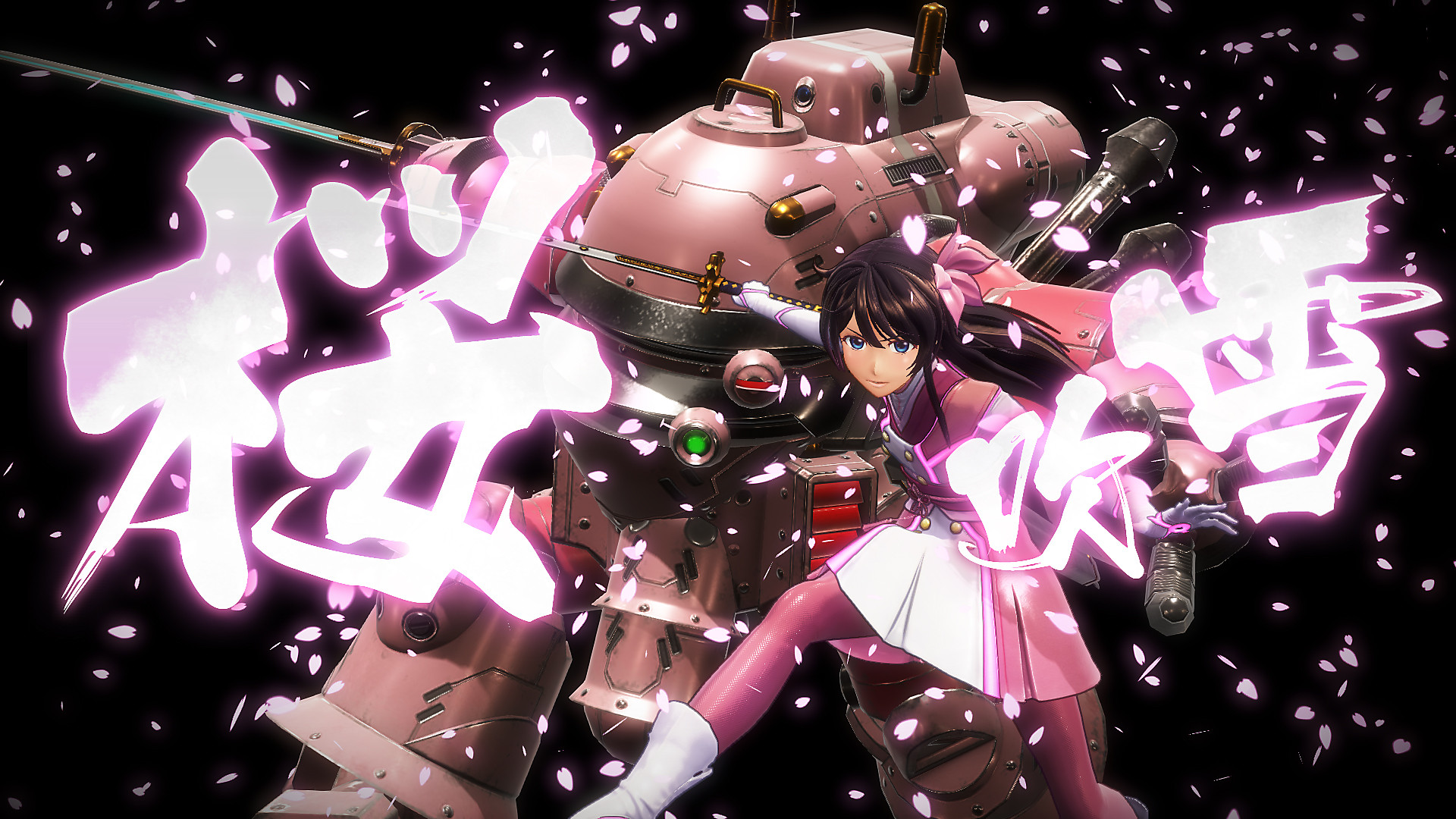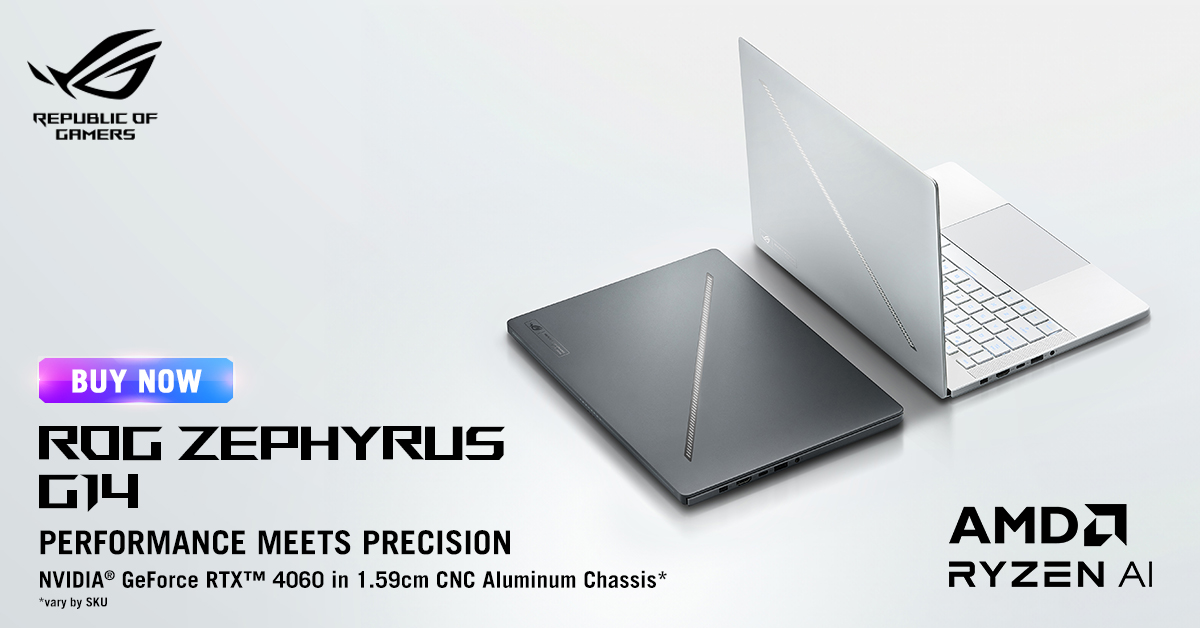Developed By: SEGA
Published By: SEGA
Platforms: PS4
Reviewed On: PS4
For the record, I first watched Sakura Wars back in the 2000s and I still remember the series as being a steampunk with super-deformed robots taking on demons of all shapes and sizes to save Japan. Mostly what I do remember fondly is the song itself “Geki! Teikoku Kagekidan” which will spin my mind to go haywire and cause me to sing-along all night. When I heard that same song in this new Sakura Wars game, I hum to the tunes and sing to myself ‘I have to try it!’ even though I do not remember most of the storyline from way back then. This is my first Sakura Wars game and although this game was advertised as a soft reboot; to me, it’s definitely a sequel as the new heroines taking over the predecessor’s theatre and role as protectors serving the people of Japan. Fans of the series young and old will definitely try it out to see how the story unfolds or just plainly humming to the songs. But first things first..
A word of warning: This is not an Action RPG, it is, in fact, a 3D visual novel and dating simulation game combined with a mild beat em up action similar to Dynasty Warrior.
Storyline
Set in 1940s Tokyo, a group of undercover theatre actresses called the Imperial Combat Revue are tasked with piloting the samurai steampunk robots known as Mugen. The main purpose of the group is to protect citizens by battling hordes of demons but suddenly one day disappeared in their final battle against the Archdemon.
Now Sakura Wars is back as a direct sequel set 10 years after the initial group vanished, introducing a new group of heroine maidens led by a one-man former navy captain, Seijuro Kamiyama in order to seal the Archdemon once again. However, things get complicated as the new group struggles between proving their worth to the public and at the same time facing financial difficulties in terms of their theatre performances. Much like any anime protagonist in handling these situations, Seijuro talks and flirts with the girls, peeks in baths, strokes the maiden’s hair, as well as does his best to solve each and everyone’s insecurities.
Yes, you get to address and flesh out all the likable maidens on their current struggles in their life, however surprisingly the writing in this game is pretty linear and one dimensional despite the fact that the group comprises of five different and diverse maidens ranging from a petite ninja, samurai, masculine shrine maiden and magician. The dialogue choices to make them happy are pretty similar in nature like pretending to be the good guy in front of them and make them all happy with similar answers of “You being you are beautiful”, “You are perfect” or “You are a star” but in actual fact, Seijuro comes off as a creepy closet pervert. This shows that they all don’t really have variations of personality written for each reaction towards your choices and that is a huge blunder to me because it is 8 chapters or 15 to 20 hours of the same girl texting you non-stop to ask if she’s the most beautiful person in the whole wide world and you have to answer her yes all the way. The dialogue L.I.P.S system (Live & Interactive Picture System) which is a cup-shaped dialogue option to readjust your main characters’ output voice volume to demonstrate a shout out or a gentle whisper for certain lines showing some form of enthusiasm to motivate your team doesn’t actually add much difference to the maiden’s reaction. So might as well shout at them all the way like a complete jerk.
Other than that, Seijuro is also tasked to dress undercover as a static elephant statue named Peanut from time to time to advertise their Grand Imperial Theatre to the public which turns out to be introductions of the other maidens instead showing that the NPC’s themselves don’t really have any interesting dialogues on them. This is an opportunity missed as the NPC’s doesn’t really shine to speak about the world setting, their background, and even why they love Peanut; imagine being asked to play as a mascot that you have no knowledge of. Although the game world also has a few different locations other than the theatre like a park, amusement park, Chinese restaurants, palace hotels, and central stations I don’t find myself interested to explore these areas as they are generally designed with anime sprites but they also don’t have any items to pick up and lack mini-games to play in each area that doesn’t add any values to any of my exploration (Order taking in restaurants is not considered). In the end, the locations end up just beautiful empty anime locations that you could only visit once and never come back like Egypt.
Exploration and Gameplay
Expanding on exploration, the game focuses more on finding and talking to maidens, their mentors, and collecting their bromides which are basically their physical Instagram pictures left on the floor that nobody likes and that’s much about it, no other items to enhance your character’s stats or levelling up as well as enhancing parts for the Mugen robot. By Chapter 2, I find myself just skipping the exploration and most of the sidequest like how I skip my Netflix Episodes because the whole game in its entirety focuses 100% on building trust meters with your companions that adds only a few seconds of immortality via cinematic battle cutscenes and adding romance scene events to the game. In battles, you might as well keep pressing R1 for infinite dodging with slow time succession.
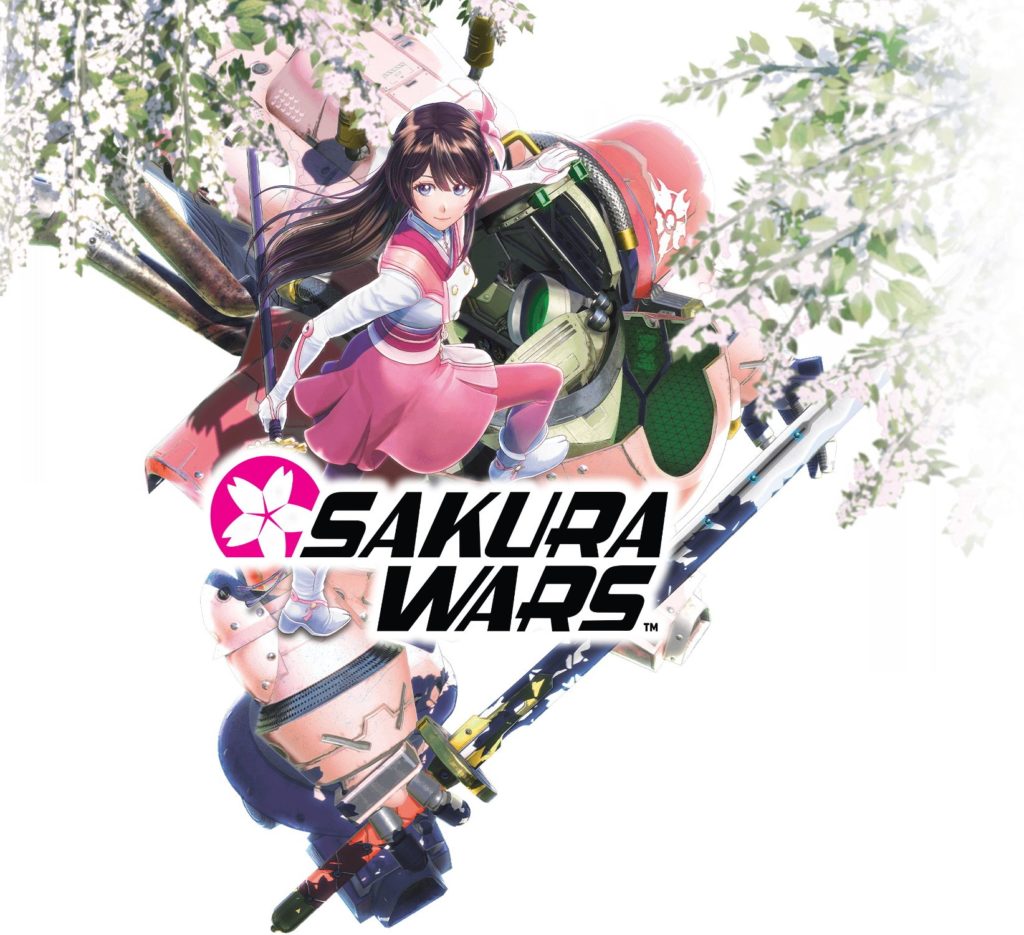
Battles in this game also feels more like swinging a plastic sword around as Seijuro like an OP Dynasty Warrior with only a few combo variations by alternating the Circle button for mild attack and Triangle for a special larger swing attack. Switching between party members doesn’t add much value in combat too because they are all super OP in both close and ranged attacks with no new skills to learn and level up in the game. Moreover, aside from the fact that the enemy design is lacking, the enemies in this game do not pose any challenge due to the fact that they always show a bright red warning as they are attacking which can be easily dodged and stop their time for just unrelenting barrage of attacks on my end including on bosses. Killing enemies will only drop health and SP aka Spirit bar to fill up that unleashes (Square button) an ultimate individual cinematic attack which makes the game, even easier in my opinion. What’s really hard in the game is piloting mechs alone because of the camera work which cannot follow your dashing or dodging in combat. I ended up having to readjust the camera and retargeting enemies via the R3 button manually every single frustrating time. This goes to show that the combat camera needs more work by having an auto-lock feature that softly locks onto enemies close to you.
Graphics and Design
The game focuses a lot on an anime-style presentation by showing episodic segments in each chapter. The graphics presented in this game is lavishly made in 3D with additional cinematics, anime, and in-game cutscenes that I find pretty decent with slightly over the top presentable design costumes that suit the era and acceptable vibrant architecture locations set in Japan’s Taisho period infusing both modern western and old Japan with added steampunk. While exploring, the main character can use Teletron via the triangle button which is a steam-powered telephone that provides a minimap to navigate to maiden’s event locations to start a dialogue.
The game’s dialogue box UI is clean, simple with a pink outline and white texts that eases my eyes to read the dialogues without any form of distractions.
In contrast to the in-game town architecture, the dungeons itself are widely bland with little to none platforming challenges except for the last part of the game which I ended up just spamming the R2 button dashing all the way to my destination without any thought of exploring. Adding on to the fact that there should be timed battle events in certain segments of the game to add more sense of urgency while battling foes.
Relating back to foes, the variations and design is quite repetitive and not memorable enough for me to remember their names except for the last boss. On the nitpicking side, the normal demon enemy ranges from tin can demon, shield tin can demon, flying fire-spewing black dragon and big sword tin can demon. By naming them this way, you will get the gist on how they move and attack.
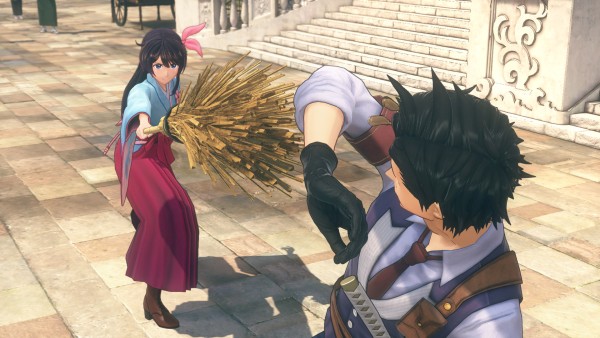
Sounds of Sakura Music
Again for an anime game, the voice-over delivery with facial expression in cinematics is unsurprisingly spot on however one major blunder is some of the in-game cutscenes that do not have voice-overs. This confuses me every time with the camera panning close to the character’s facial expression of talking without any voice breaks away my focus from understanding the story thoroughly transitioning from listening and enjoying to fast reading subtitles before it ends.
In terms of the songs, other than the generic military and oriental tunes from other Revue, and NPC’s in between, some BGM is a bit more pleasant and uplifting with tunes accompanied by violins, soothing flutes, and saxophones but nothing can go wrong with the catchy tunes, battle themes, and main theme of “Geki! Teikoku Kagekidan” – a classic to all Sakura War Fans including some of the maidens theme songs such as Sakura Amamiya’s Theme and in-game BGM as shown below:
Video sourced: Fabián Cerda
Video sourced: Shwampy Vookake
Sample of in-game BGM:
Video sourced: よしよしダイアリー
For sound effects, as mentioned above the slashing swords in the game felt somewhat uninspiring with less to none impactful damage sounds to my enemies, making it sound like I am constantly swinging a plastic toy instead.
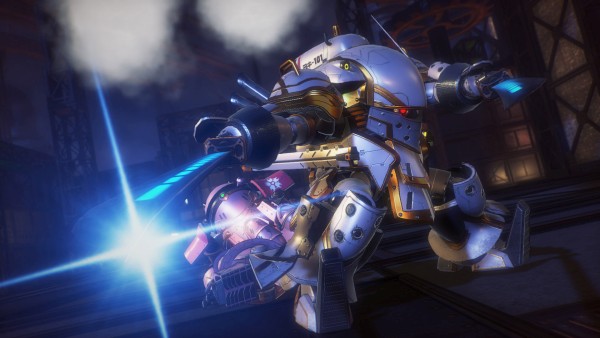
What I Liked
- Spot on dialogue voice acting
- Feels good music in most parts
- Simple clean UI dialogue design with a hint of cherry blossom, yet clear for reading purposes
- Koi-Koi wars, minigame from the telephone (aka Teletron)
- Decent cinematics, animations, comes with episodic chapters
- Multiple choices in the dialogue to build trust with your comrades
- Underutilized timed side quests event

What Can Be Better
- The awkward shift from voiced gameplay cutscenes to muted gameplay cutscenes with a character talking expression as well as camera panning
- Could have more minigames other than Koi Koi specifically in different locations such as the amusement park which ended up not as amusing
- Battle felt clunky without the aid of auto lock-on, felt a bit more out of place than playing Dynasty Warriors.
- Lack of interactions in multiple locations such as interesting NPC’s and more minigames.
- The dungeons are simply wide and bland. Lack of platforming, puzzles, sidequests, collectibles, and timed events in the dungeon to add more sense of urgency and content such as kidnapped citizens in the dungeon.
- Other than characters portrait bromides to collect, the game lacks other in-game items to pick up which makes the exploration part pretty much pointless.
- No brief tutorial logs for a short reference
- Weak enemy Ai, slow and predictable attacks
- Repetitively poorly designed normal enemies which look like wearing cheap tin can foils.
- The maidens crew is not diverse enough to create variable dialogue options, you will always be a good guy dialogue to appeal to everyone – building trust eventually became a linear approach to deal with all situations.
- No gallery mode of collection of portraits, anime, and cinematics at the start menu
- None existing consumables, items, enhancements, equipment, accessories, and currency in the game.
- Spamable dodge
Tips For Playing
- Save often, thank me later
- In battle, spam pressing R1 dodge like no tomorrow
- Jumping and Triangle is super OP in battle
Most Loveable Character
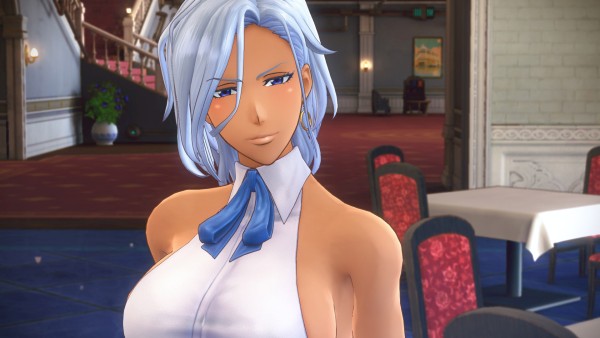
Verdict
If you love anime, a big fan of Sakura Wars, or a visual novel enthusiast then this is a game for you as by far this is a step up to a Visual Novel game with better cinematics, storytelling, and 3D anime art.
But if you are the type who loves a bit more RPG and pure action-packed gameplay; this may not be on par to meet your expectations as it will run dry fast after Chapter 2. The game is clearly self-absorbed in a visual novel style rather than an Action-packed RPG in design that caters a lot more towards character development and builds up the story better near the end of the game which is different from what casual gamers are accustomed to. Other than that, players will have to bear with some voiceless acting in between certain cutscenes which will distract you from your immersion to the story. The game took me about 15- 20 hours to finish because I was spending most of my time running around to hopefully find items other than bromides and sidequests to see if there are any other rewards but to no avail.
Overall the game has so much to improve on with the only a value returned to me is an experience knowing all the maidens and the main characters better without caring about the world, conflicts, and game mechanics.
